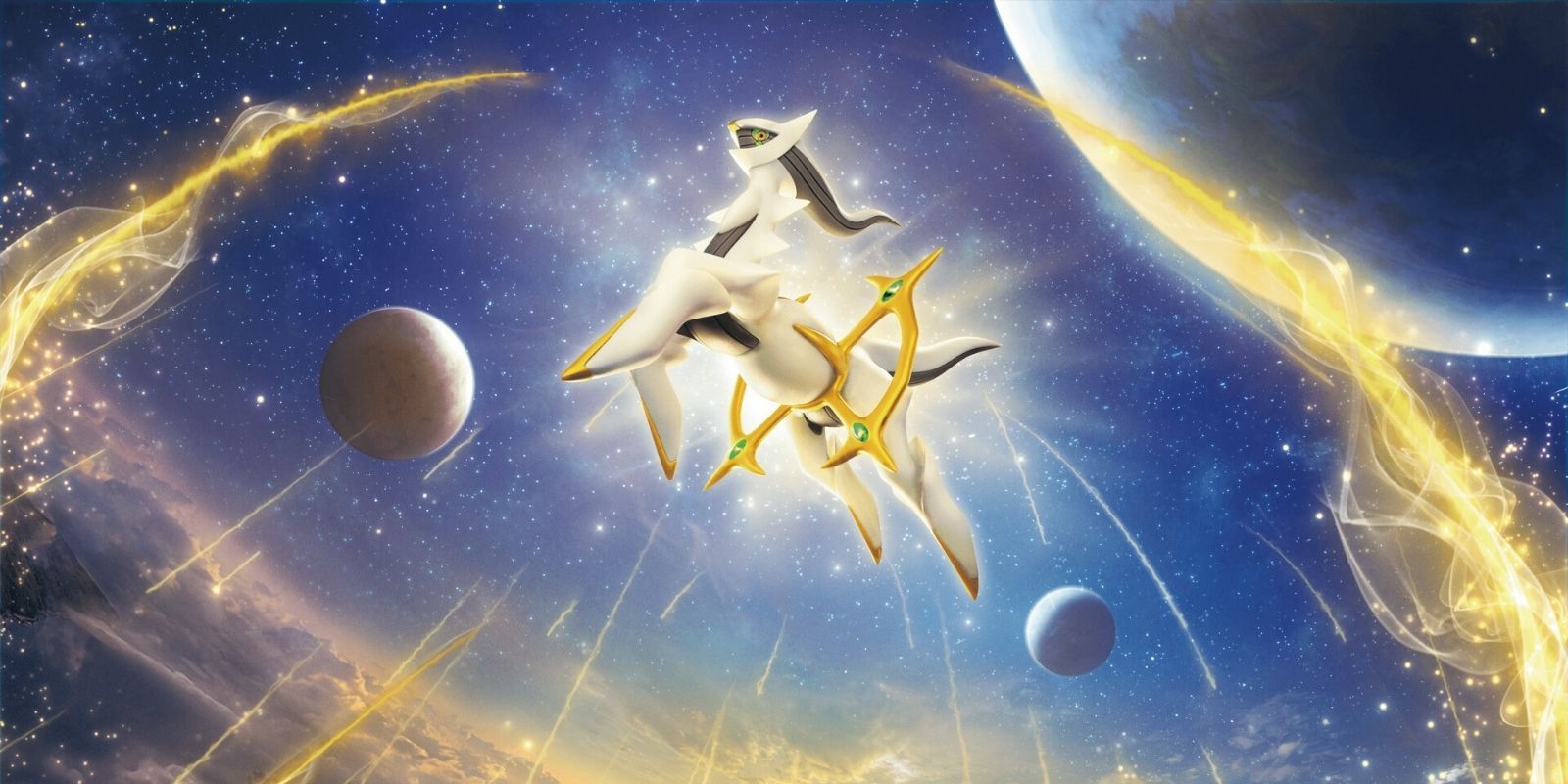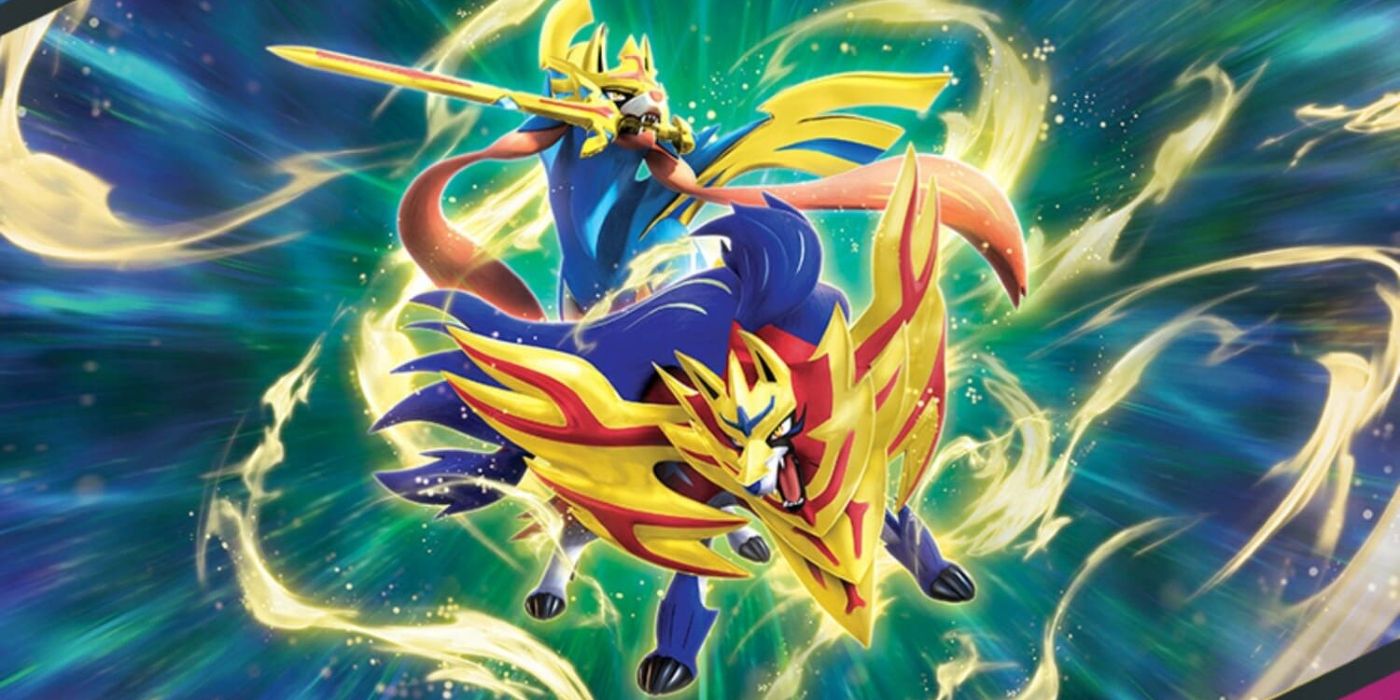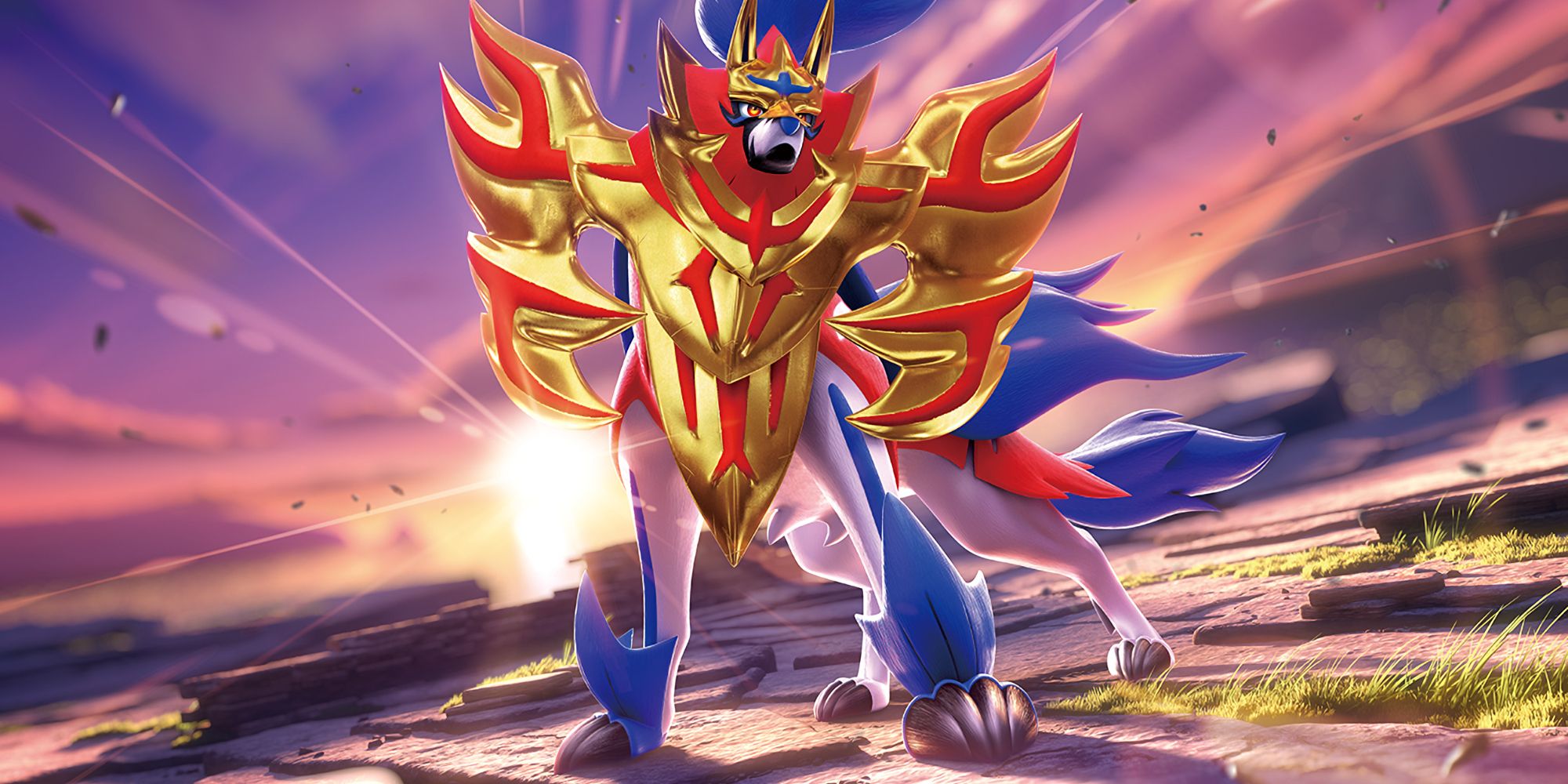The Pokémon TCG's next era is soon approaching, with the Scarlet and Violet Base Set scheduled to release on March 31, 2023, closing the door on the Sword and Shield series. While the transition to Generation 9 means leaving Ash behind for the anime and the Dynamax/Gigantamax mechanic behind for the games, it means the end of the V, VMAX, and VSTAR mechanics for the Trading Card Game.
Pokémon Sword and Shield was a unique era in the TCG's history that took many ideas from older generations and expanded upon them. The main card type of the generation was Pokémon V, reminiscent of the returning Pokémon ex cards in Scarlet and Violet, which grew into the VMAX and VSTAR mechanics. The Pokémon TCG did Gen 8 justice - perhaps more justice than the actual video games did - and it's interesting to compare how the Sword and Shield era compares to the past eras of the beloved card game.
Sword & Shield Was The Pokémon TCG's Most Powerful Era Yet
The concept of power creep is nothing new in card games, but Sword and Shield's most powerful cards and the resulting decks were certainly among the strongest in Pokémon TCG's history. Beginning as far back as the Ruby and Sapphire era, there have been cards so powerful that they were worth two prize cards. This mechanic expanded from ex to the EX Mega Evolutions in X and Y and the GX mechanic in Sun and Moon. However, Sword and Shield kept releasing powerful V, VSTAR, and VMAX Pokémon cards that put the others to shame.
VMAX cards, inspired by Gen 8's Dynamax mechanic, were particularly interesting. They seemed to take inspiration from Sun and Moon's Tag Team cards by being the second card archetype worth three prizes. However, unlike Tag Team cards, VMAX Pokémon had to evolve from their previous V form, just like X and Y's Mega cards. However, the payoffs were monstrous cards like Ice Rider Calyrex VMAX with HP stats over 300 and powerful moves that could OHKO Pokémon V. Also, unlike Pokémon TCG's GX cards, VMAX cards had the advantage of their best moves not being limited to once-per-game conditions.
Sword and Shield also offered powerful (if often expensive) Pokémon TCG VSTAR cards. The VSTAR cards came with the VSTAR Power rule, a special ability that could only be used once in a game. The mechanic seemed like a step up from GX attacks in Sun and Moon, the other major once-per-game trick, due to VSTAR Pokémon simply losing an ability rather than their strongest attacking moves after using their VSTAR Power.
Sword & Shield Also Brought Deck Diversity To Pokémon TCG
Even "one prize" strategies experienced a resurgence in Sword and Shield. Regi or Lunatone/Solrock decks weren't quite as dominant in their era as classics like Night March, but they gave players strong budget options that didn't rely as heavily on more expensive high-rarity Pokémon cards like Full Arts and Secret Rares. However, in addition to those budget options, Pokémon Sword and Shield gave an emphasis on alternate rarities that boosted the average value of a booster pack without damaging accessibility. Whether they went with base rarities or rocked secret rares, Sword and Shield players got to see the Pokémon TCG at one of its most versatile and powerful points.


